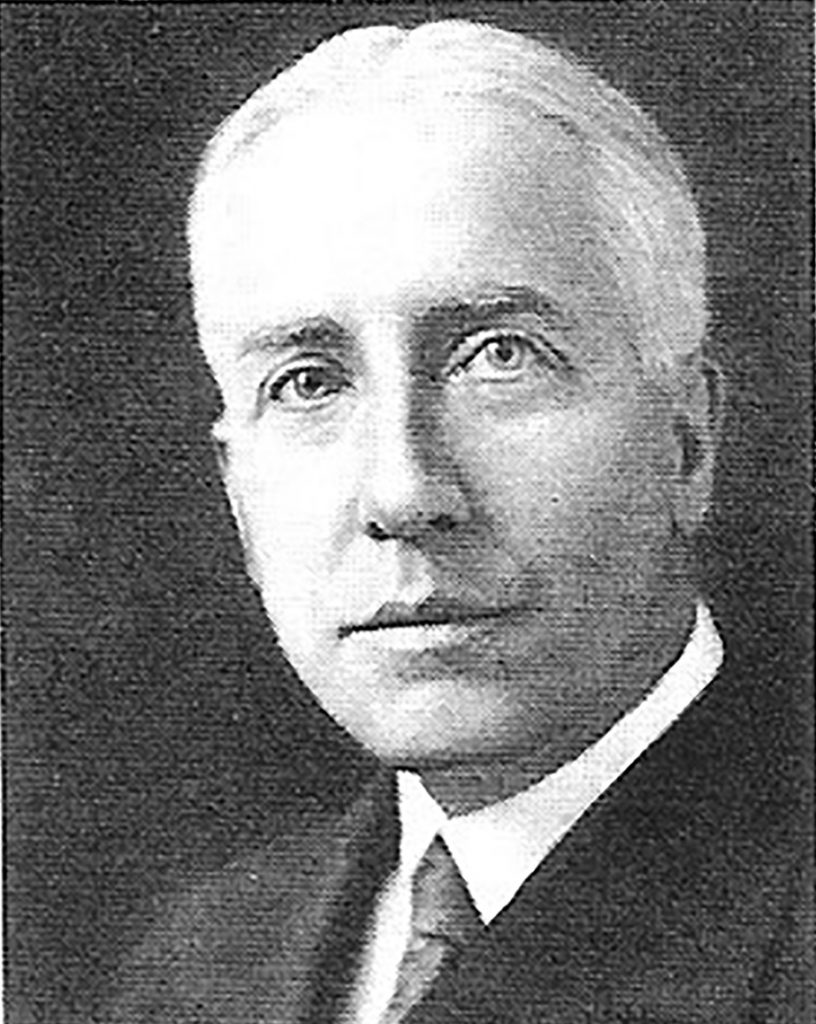By Dan Carlin
Voice Columnist

The Armstrong Rubber Company
(From 2009)
Part I
The year was 1912. Woodrow Wilson was elected president, the R.M.S. Titanic struck an iceberg and sank—and the Armstrong Rubber Company was born. At that time, the borough of West Haven, of the Town of Orange was part farming community, and partly occupied by laborers who commuted to work in factories in New Haven via trolley. For West Haven, its shipbuilding heyday had come and gone, and for West Haveners, shipbuilding was dead; the biggest remaining industry in town could be found in the form of two small buckle companies.
The quiet streets of West Haven were as yet unpaved. Automobiles were still a rare sight—horses were as yet more common. But in Detroit, and for three years now, Henry Ford had been building his Model T automobiles by the thousands; and thus the need for automobile tires was growing rapidly.
Recognizing a growing opportunity, an austere Scotsman named George Armstrong made arrangements with a tire manufacturer to produce a new line of tires bearing his name. Then, in 1918, Armstrong decided to manufacture tires himself. He chose to open his tire factory in New Jersey.
But first, he needed a plant manager, and so he hired William Walsh. But just as Walsh was about to start working for Armstrong, he received a better offer. So he handed the factory keys to his brother James and said, “You go run it.” And that is exactly what James Walsh did. It was several months before Armstrong asked Walsh, “Say, are you the man I hired?” The reply was, “No, you hired my brother, but he’s working for Vulcan.” Armstrong was a bit put out, but finally he said, “Oh, well you’ve been doing the job, so I guess it’s alright.” And they went on from there.
Frederick Machlin was hired to manage the sales effort, and he was so successful that by 1922 orders exceeded the factory’s ability to produce. Thus the factory was moved to West Haven, at the site of the old “Wagner Place,” at the corner of Elm Street, Sawmill Road, and–of course–Wagner Place. The homestead was removed, some shale ledge was blasted away, and the factory was built on the site.
The period of the 1920s was a time of strong growth for American industry, and the tire industry was no exception. But the stock market crash of 1929 turned the entire economy around, and much of the tire manufacturing industry began to struggle for survival.
Punctuating that period was George Armstrong’s heart attack. It wasn’t a serious one, but his doctor told him that he had to cut back on his activities, and so Armstrong decided to sell his tire business.
The buyers were James Walsh and Frederick Machlin. In a daring move and during a terrible economy, these two men scraped together all the money they had, borrowed on their homes, their life insurance and everything else. They put every cent they had into the company at a time when business failures were a dime a dozen. No doubt they worried about their chances of failure in this endeavor—they wouldn’t have to wait long to find out the answer.